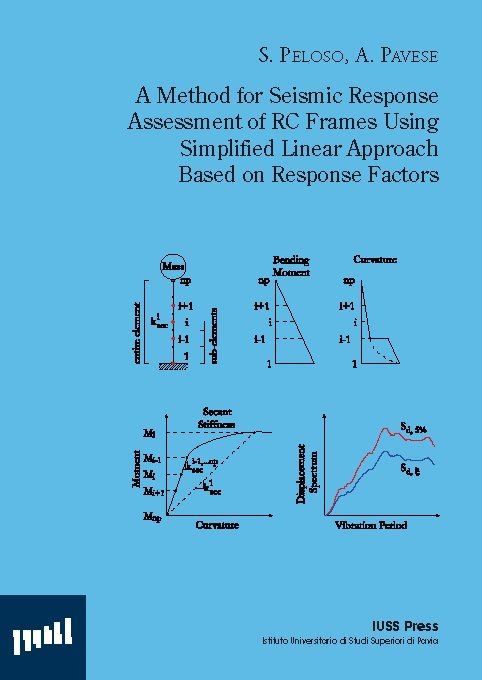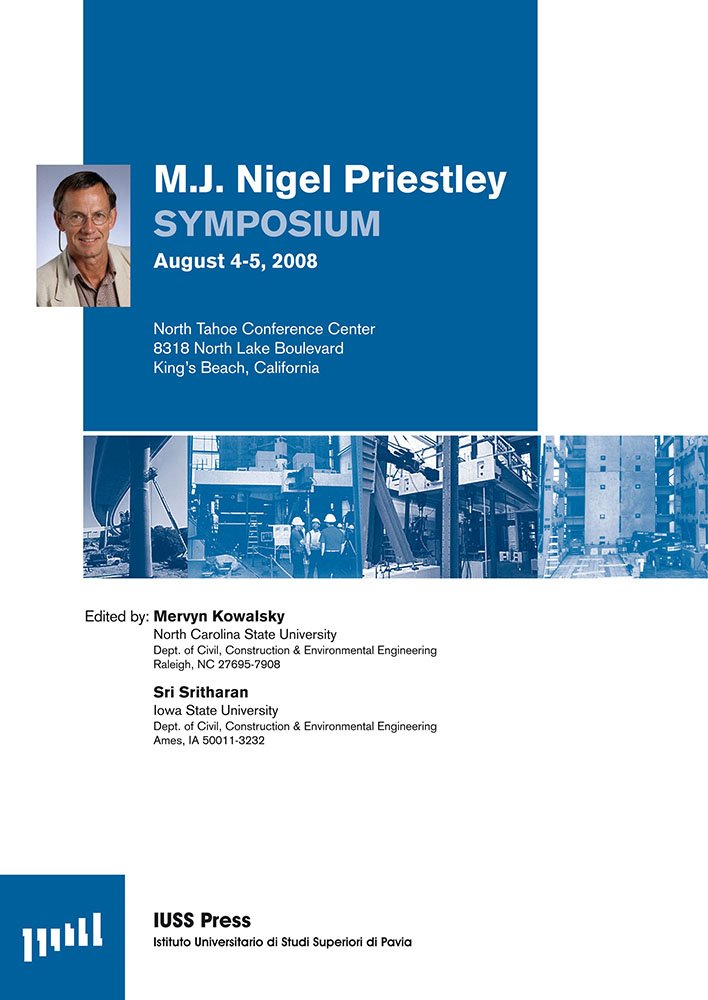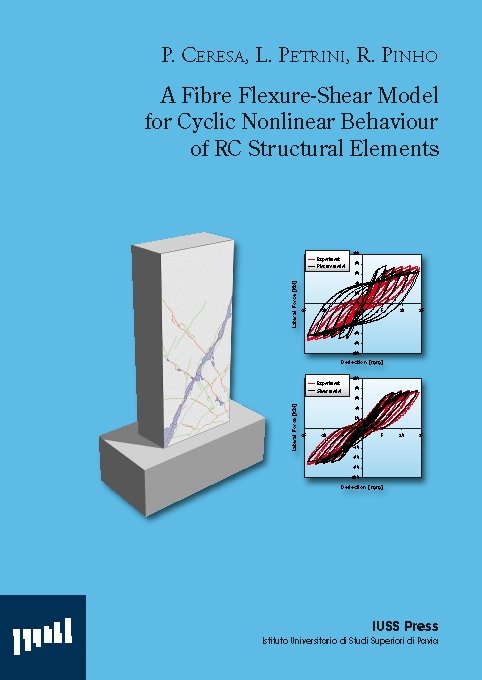Catalogue

A Method for Seismic Response Assessment of RC Frames Using Simplified Linear Approach Based on Response Factors
24/06/2008
Symposium
06/08/2008A Fibre Flexure-Shear Model for Cyclic Nonlinear Behaviour of RC Structural Elements
Original price was: € 25,00.€ 5,00Current price is: € 5,00.
P. Ceresa, L. Petrini, R. Pinho
Research Report Rose 2008/07
ISBN: 978-88-6198-028-0
Several fibre beam-column elements were developed in the last 20 years with high capability of reproducing axial force and flexure effects.
Out of stock
FUORI CATALOGO
Several fibre beam-column elements were developed in the last 20 years with high capability of reproducing axial force and flexure effects. On the other hand, the coupling between the effects of normal and shear forces is not straightforward due to the complexity of the different phenomena leading to shear failure. Recent studies attempted to introduce into the fibre approach the Timoshenko beam theory or even the exact beam theory coupled with a multi-axial constitutive law for material. Each one of the existing modelling strategy represents an important step towards the development of a fibre beam-column element with shear; however, shortcomings remain. These considerations encouraged this research work on the development a flexure-shear model for seismic analysis of RC framed structures. A bi-axial fibre constitutive law was developed according to the Modified Compression Field Theory (MCFT): it is a theory able to model cracked reinforced concrete subjected to monotonic and cyclic loads, accounting for shear effect. According to the Timoshenko beam theory, the shear strain was assumed uniform along the section; from plane section assumption, the axial strain was known for each fibre. An iterative procedure was employed in order to determine the unknown transversal deformation. Finally, the determination of the longitudinal and shear stresses for each fibre was obtained through a static condensation of the material stiffness matrix. The flexure-shear model was implemented in a 2D fibre beam-column element. The flexure-shear formulation was verified by means of numerical studies and comparisons with experimental results. In particular, the responses of RC columns and shear walls subjected to cyclic loads were taken into account. It is found that the developed model is able to catch the main characteristics of the structural element shear response.

